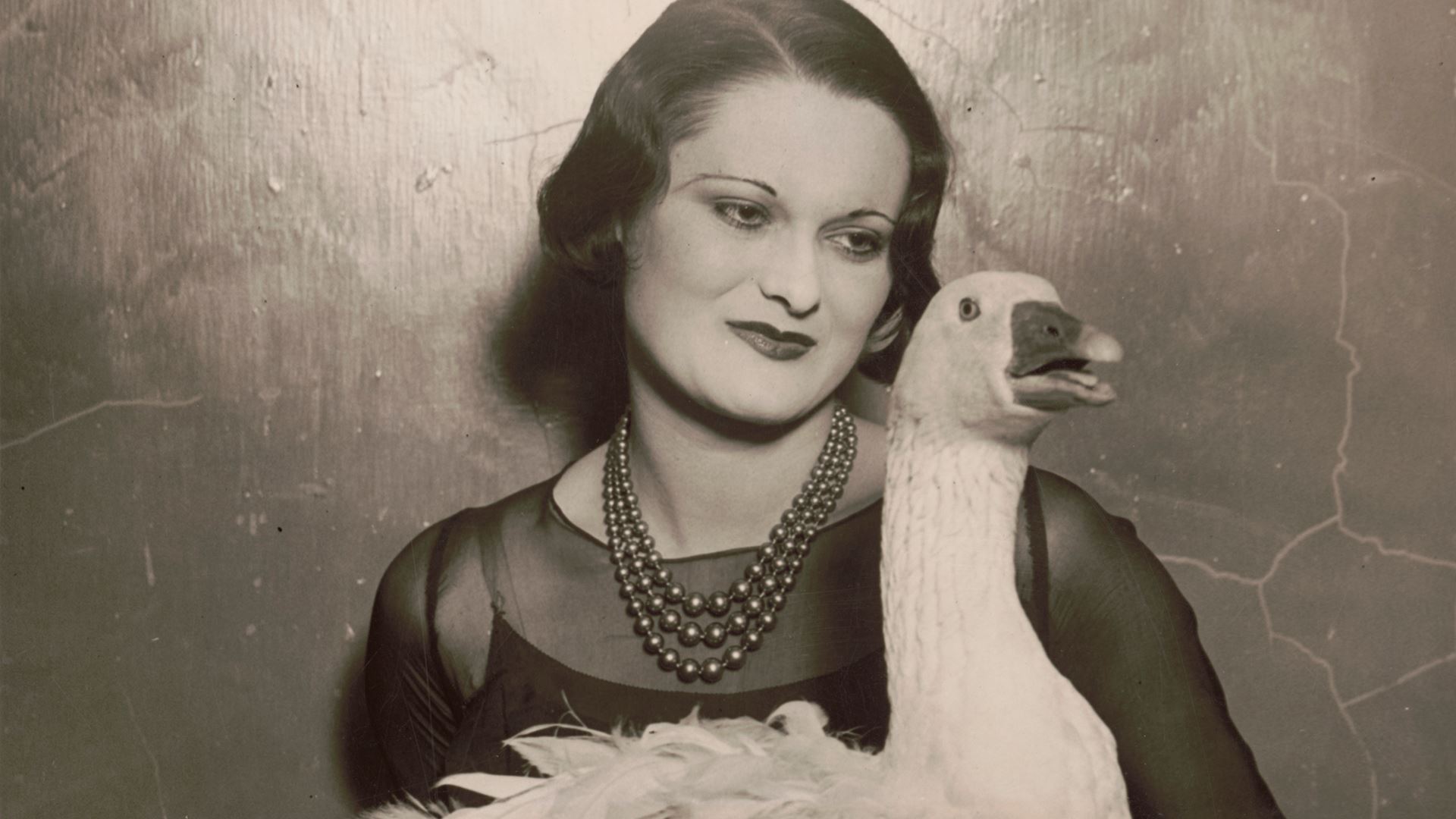Exhibition Showcases Photography from America’s Library
Broad Range of Photography on View, Including the ‘First Selfie,’ Unexpected Pictures and Indelible Images Documenting U.S. History and Culture
The new exhibition, “Not an Ostrich: And Other Images from America’s Library,” offers a visual feast from the photography collections of the Library of Congress and its holdings of more than 15 million photographs.
The exhibition opens March 23 and will be on view through fall 2024 at the Library. The exhibit was organized by the Annenberg Foundation and first shown at the Annenberg Space for Photography in Los Angeles in 2018.
This is the first time the national library has featured an exhibition capturing the breadth of its incomparable photography holdings. The images reproduced for this exhibition, made between the early days of photography in 1839 and today, represent the evolution of photography itself from daguerreotypes and other early photographic processes to contemporary digital technology.
“We hope visitors will explore the rich and diverse photography collections at the Library of Congress and encounter images that are both moving and amusing, familiar and unexpected,” said Librarian of Congress Carla Hayden. “That’s what is special about this exhibition drawing from a variety of subjects and time periods. There is more than meets the eye in the national library’s enormous collections of photographs.”
Visitors will see famous pictures, famous subjects and famous photographers. Many of the images capture glorious moments in history, some are entertaining or even absurd, and others are deeply troubling. Some photos will give visitors new perspectives on celebrated places, faces and events, while still others will open your eyes to unfamiliar moments in American culture and history.
“Not an Ostrich” shows the great range of subjects available in the Library’s photographic collections, through such themes as portraits, the arts, sports, leisure, political and social issues, icons, panoramas, business and science. Other sections highlight distinct American visions from the archives of the Detroit Publishing Company and contemporary photographers Carol M. Highsmith and Camilo José Vergara.
Anne Wilkes Tucker, curator emerita of the Museum of Fine Arts Houston, curated the exhibition for the Annenberg Space for Photography in Los Angeles, in collaboration with photography curators at the Library of Congress.
“Working on this exhibition became an exciting adventure for our whole staff as we searched throughout the vast collections to bring fresh images to light,” said Helena Zinkham, chief of the Library’s Prints & Photographs Division. “After looking at these many thousands of photographs, Anne Tucker identified more than 100 visually powerful photographs that were digitized for the first time. Key selections were also made from the 1.5 million images already online.”
While more than 400 photographs are reproduced in the exhibition, highlights include:
- The “First Selfie” – The world’s oldest known self-portrait created by Robert Cornelius in 1839 at the dawn of photography.
- “Harriet Tubman” – The earliest known portrait of a young Harriet Tubman in the late 1860s, discovered in a photo album now jointly owned by the Library and the Smithsonian’s National Museum of African American History and Culture.
- “Not an Ostrich” – A photograph of actress Isla Bevan holding a “floradora goose” at the 41st Annual Poultry Show at Madison Square Garden in 1930 – which hints at the unexpected and unusual items collected at the Library over its long history.
- “Brünnhilde” – A lovable cat portrait from 1936 named for the warrior maiden of Germanic mythology.
- “Orville Wright’s First Flight” – A photograph of the Wright brothers’ historic first flight in 1903.
- “Migrant Mother” – The most famous photograph in the Library’s collection, Dorothea Lange’s image of Florence Owens Thompson from 1936 documented the Depression era.
- “American Gothic” – Gordon Parks’ iconic image of Ella Watson, a worker with broom and mop, created in 1942 in a series of photographs for the Farm Security Administration.
“Not an Ostrich: And Other Images from America’s Library” is made possible by Wallis Annenberg and the Annenberg Space for Photography in Los Angeles.
“This exhibit is one that truly reflects America in images. Each photograph exposes us to just a fraction of the millions of American stories held in the Library of Congress, from the iconic to the absurd,” said Annenberg Foundation Chairman of the Board, President and CEO Wallis Annenberg. “Though cameras and technology have changed over the years, this exhibition shows us that nothing captures a moment, a time or a story like a photograph.”
The accompanying publication, “Not an Ostrich Photo Zine,” will be available in the Library of Congress Shop.
The Library of Congress is the world’s largest library, offering access to the creative record of the United States — and extensive materials from around the world — both on-site and online. It is the main research arm of the U.S. Congress and the home of the U.S. Copyright Office. Explore collections, reference services and other programs and plan a visit at loc.gov; access the official site for U.S. federal legislative information at congress.gov; and register creative works of authorship at copyright.gov.
# # #
Media Contact: Brett Zongker, bzongker@loc.gov
PR 22-025
03/22/2022
ISSN 0731-3527

